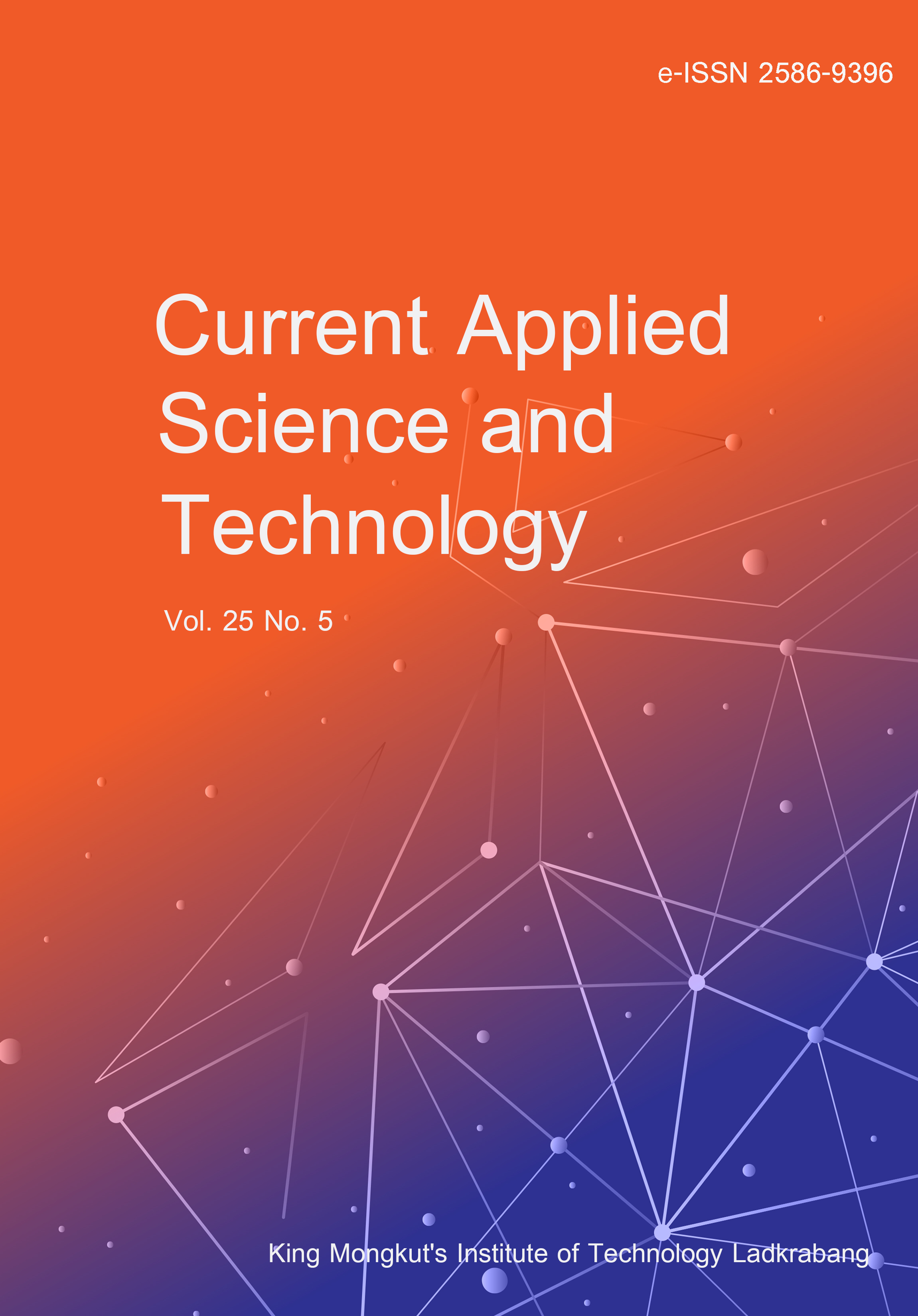Traditional methods for identifying plant diseases in Bangladesh present numerous challenges, such as inadequacy of method, time-consuming processes, and expensive costs for farmers. To address these issues, this study proposes an innovative approach that leverages deep learning and computer vision techniques, which have already demonstrated effectiveness in various agricultural applications. Our research specifically targets the detection and classification of rice leaf diseases, employing a two-step process designed to enhance diagnostic accuracy and reliability. In the first step, OpenCV technology is used to analyze the shape, size, and color of rice leaves, categorizing them into four distinct groups: bacterial leaf blight, brown spot, leaf smut, and healthy leaves. In the second step, a convolutional neural network (CNN) extracted features from images of these categorized diseases. We thoroughly evaluate our model’s performance by examining accuracy and loss curves, providing a comprehensive assessment of its effectiveness in diagnosing rice leaf diseases. Our findings indicate that the innovative application of OpenCV for initial disease identification, based on shape and color, is highly effective. Furthermore, the CNN model achieves an impressive 99% accuracy rate in distinguishing between actual labels from predicted labels, highlighting the potential of this methodology to significantly improve disease management strategies for rice crops in Bangladesh.
Hossen, M. K. undefined. ., Das, P. K. ., & Roy, R. undefined. . (2025). Detection and Classification of Rice Leaf Diseases Using OpenCV and Deep Learning. CURRENT APPLIED SCIENCE AND TECHNOLOGY, e0260191. https://doi.org/10.55003/cast.2025.260191

